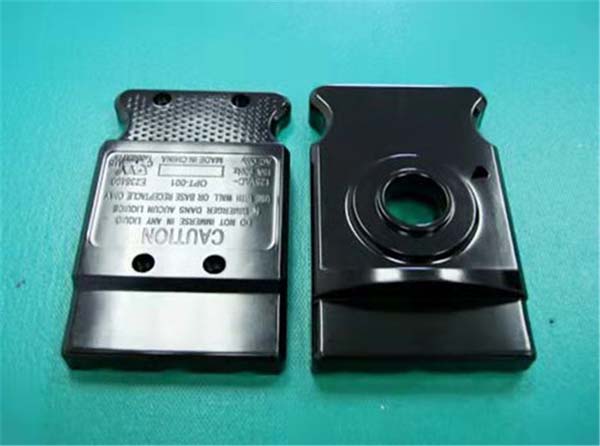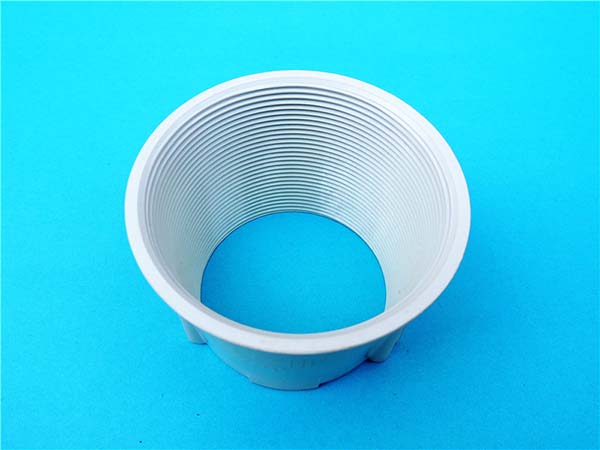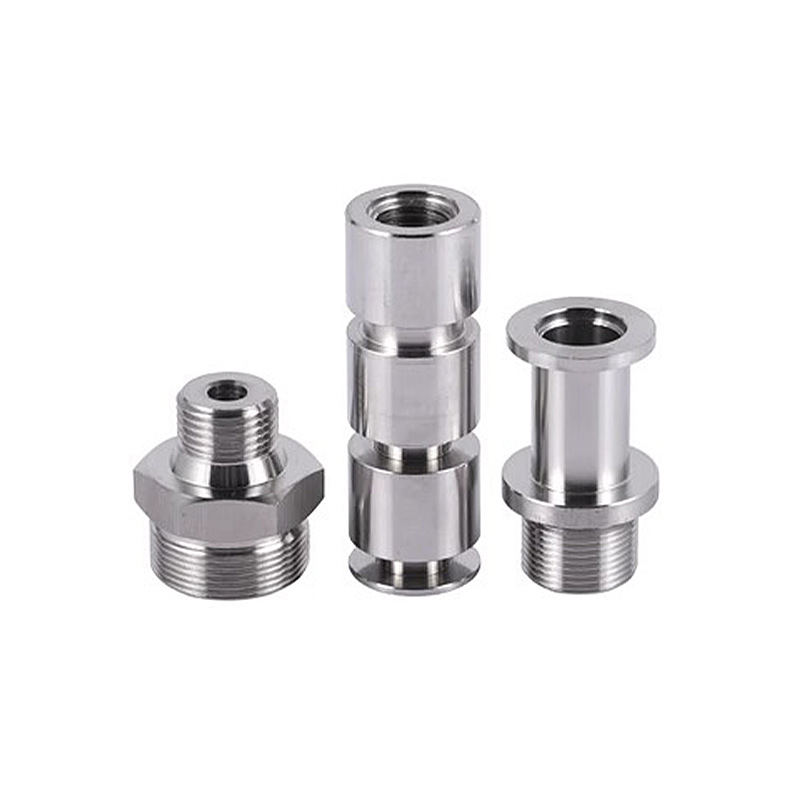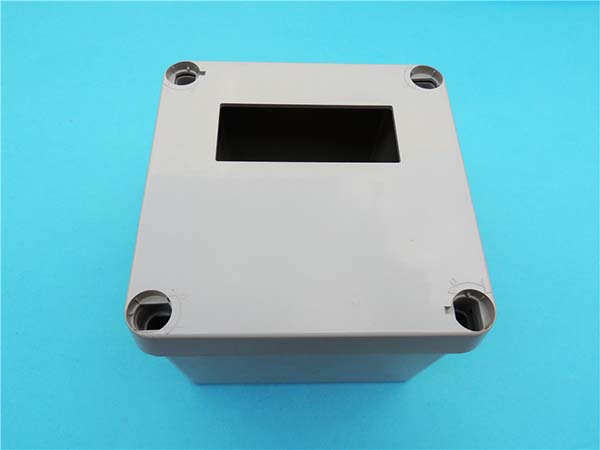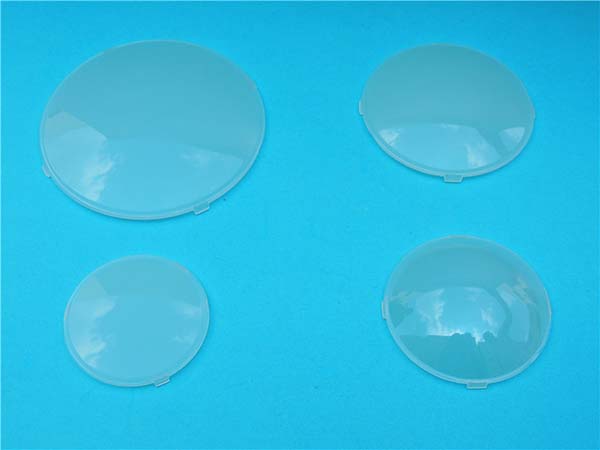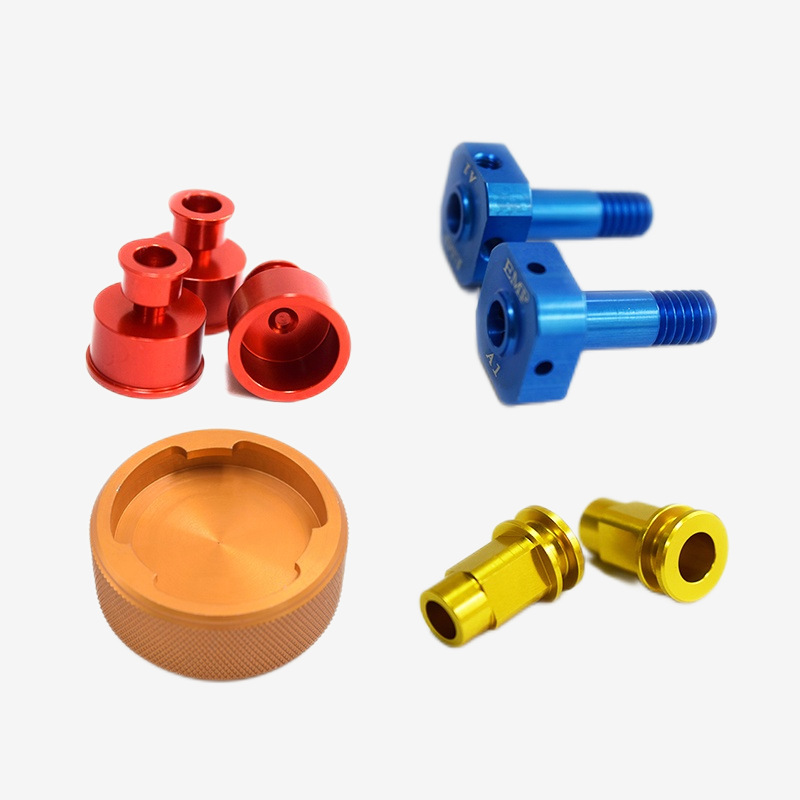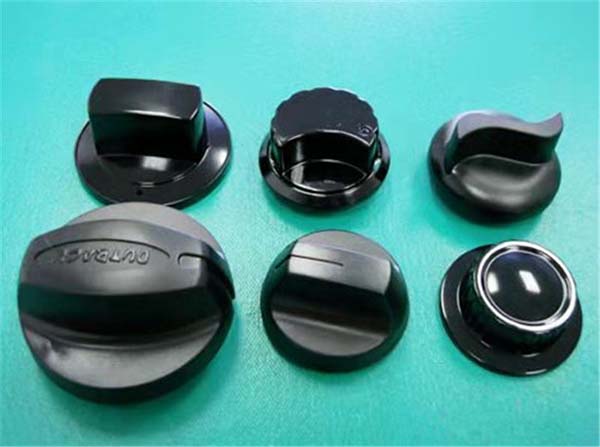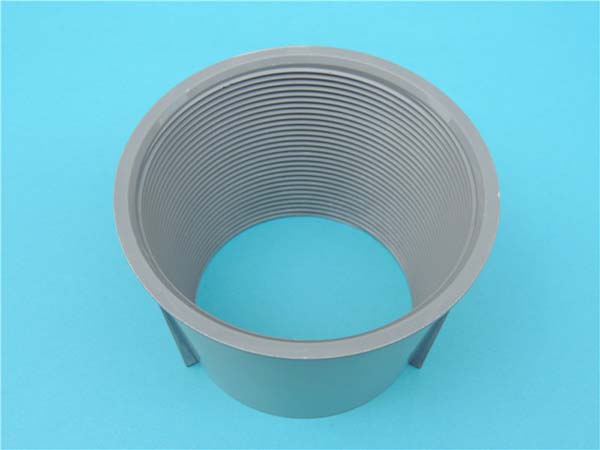I. Introduction
Dragons have long captured the human imagination, symbolizing power, mystery, and magic in various cultures around the world. From the fire - breathing beasts in European folklore to the benevolent and wise creatures in Chinese mythology, dragons hold a special place in our collective consciousness. In the past, creating detailed and life - like dragon models was a challenging and time - consuming task, often limited by the constraints of traditional manufacturing techniques. However, the advent of 3D printing technology has revolutionized the way we can bring these mythical creatures to life. Yigu Technology will explore how 3D printing is making it possible to create stunning dragon models, the techniques involved, the materials used, and the impact of this technology on dragon - related art, design, and even industry.
II. The Basics of 3D Printing
A. How 3D Printing Works
3D printing, also known as additive manufacturing, is a process of creating three - dimensional objects from a digital file. The process begins with a 3D model, which can be created using computer - aided design (CAD) software, 3D scanning, or even by modifying existing digital models. Once the 3D model is ready, it is sliced into thin layers by specialized software. These layers are then sent to the 3D printer, which builds the object layer by layer, starting from the bottom and working its way up.
For Yigu Technology example, in a common 3D printing technology called Fused Deposition Modeling (FDM), a spool of thermoplastic filament (such as PLA - Polylactic Acid or ABS - Acrylonitrile Butadiene Styrene) is fed into the printer's extruder. The extruder heats the filament until it becomes molten and then deposits it onto the build platform in the pattern dictated by the sliced layers of the 3D model. As each layer is deposited, it bonds with the layer below it, gradually building up the complete 3D object.
B. Different Types of 3D Printing Technologies
A comparison of these technologies in terms of their suitability for 3D printing dragons is shown in the following Yigu Technology table:
| 3D Printing Technology | Resolution | Surface Finish | Cost | Ideal for Dragons (Complexity) | Support Structure Requirements |
| FDM | Medium | Rough | Low | Simple to moderately complex | Required for overhangs |
| SLA | High | Smooth | High | Highly detailed and complex | Required for overhangs |
| SLS | High | Medium - smooth | High | Complex with internal structures | Not required |
III. Designing Dragon Models for 3D Printing
A. Using CAD Software
- Modeling the Dragon's Body
- When creating a dragon model in CAD software, starting with the basic shape of the body is crucial. For a quadrupedal dragon, one might begin with a cylinder for the body and then use various modeling tools to add curves and details. For example, to create the characteristic ridged back of a dragon, a series of extrusions and chamfers can be applied along the length of the body. The size of the dragon can be easily adjusted at this stage; a small desktop 3D printer might be limited to printing a dragon model that is around 10 - 20 centimeters in length, while industrial - scale printers can handle much larger models.
- Detailing the Head, Wings, and Tail
- The head of a dragon is a focal point, with features like sharp teeth, horns, and menacing eyes. In CAD, these can be modeled by creating separate components and then merging them together. For instance, the teeth can be created as individual triangular shapes and then arranged in the dragon's mouth. Wings can be designed as thin, curved surfaces with a network of bones (modeled as rods) for added realism. The tail can be made long and flexible, with tapered ends and perhaps some spikes along its length.
B. 3D Scanning Existing Dragon - Inspired Artifacts
- Process of 3D Scanning
- If there is an existing dragon - themed sculpture, figurine, or other physical object, 3D scanning can be a great way to create a digital model for 3D printing. A 3D scanner emits light (such as laser light or structured light) onto the object and measures the reflections to create a point cloud. This point cloud is then processed by software to generate a 3D mesh model. For Yigu Technology example, a small dragon figurine can be placed on a turntable, and a handheld 3D scanner can be used to capture the object from multiple angles.
- Benefits and Limitations
- Benefits: 3D scanning can quickly capture the intricate details of an existing object, saving a significant amount of time compared to creating a model from scratch in CAD. It can also be used to replicate rare or antique dragon - inspired artworks.
- Limitations: The quality of the 3D scan depends on the object's surface texture, color, and the complexity of its shape. Shiny or transparent surfaces can be difficult to scan accurately. Additionally, the scanned model may require significant post - processing in software to clean up any errors or artifacts in the mesh.
IV. Materials for 3D Printing Dragons
A. Plastics
- PLA (Polylactic Acid)
- Properties: PLA is a biodegradable thermoplastic made from renewable resources such as corn starch or sugarcane. It is easy to print with, has a relatively low melting point (around 180 - 220°C depending on the grade), and comes in a wide range of colors. For dragon models, PLA can provide a good balance between cost - effectiveness and ease of use.
- Suitability for Dragon Printing: Its availability in bright colors makes it great for creating colorful and eye - catching dragon models, especially for those aimed at a more decorative or toy - like market. For Yigu Technology example, a bright red or green PLA can be used to print a dragon for a child's room decoration.
- ABS (Acrylonitrile Butadiene Styrene)
- Properties: ABS is a durable and impact - resistant plastic. It has a higher melting point than PLA (around 220 - 260°C), which means it requires a hotter print bed and extruder temperature. ABS is also more resistant to heat and chemicals compared to PLA.
- Suitability for Dragon Printing: For creating more robust dragon models that might be used in educational settings or for handling by adults, ABS can be a better choice. Its strength makes it less likely to break if accidentally dropped.
B. Resins (for SLA and DLP Printing)
- Standard Resins
- Properties: Standard photosensitive resins used in SLA and DLP 3D printing offer high resolution and smooth surface finishes. They cure quickly when exposed to ultraviolet (UV) light, allowing for the creation of highly detailed dragon models. These resins come in various formulations, some with different levels of flexibility, hardness, and transparency.
- Suitability for Dragon Printing: Ideal for creating fine - detailed dragon sculptures, where every scale, claw, and wing vein needs to be perfectly replicated. The smooth surface finish also makes it easy to paint and finish the printed dragon to a high - quality standard.
- Specialty Resins (Flexible, High - Temperature, etc.)
- Properties: Flexible resins can be used to create parts of the dragon that need to have some flexibility, such as the wings or a movable tail. High - temperature resins can withstand higher temperatures, which might be useful if the dragon model is intended for a display in a hot environment or for a specific industrial application.
- Suitability for Dragon Printing: For creating a more dynamic and lifelike dragon model, flexible resins can add an extra level of realism. For example, a dragon with flexible wings can be posed in different flying positions more convincingly.
C. Metals (for SLS and Other Metal 3D Printing Technologies)
- Aluminum Alloys
- Properties: Aluminum alloys are lightweight yet strong. They have good corrosion resistance and are relatively easy to machine and post - process. In 3D printing, aluminum powder can be used in technologies like Selective Laser Melting (SLM), which is a type of powder - bed fusion technology similar to SLS.
- Suitability for Dragon Printing: An aluminum - printed dragon model can be a high - end, durable art piece or a collectible. Its lightweight nature makes it easy to handle and display, while its strength ensures it can withstand normal handling without damage.
- Properties: Stainless steel is known for its high strength, corrosion resistance, and a shiny, metallic appearance. It is commonly used in industrial applications and can also be used in 3D printing to create high - quality metal objects.
- Suitability for Dragon Printing: A stainless - steel dragon model can be a statement piece, suitable for indoor or outdoor display. Its corrosion - resistant properties make it ideal for outdoor installations, and its strength and appearance give it a sense of permanence and value.
A comparison of the materials in terms of cost, strength, and detail - capturing ability for 3D printing dragons:
| Material | Cost | Strength | Detail - Capturing Ability |
| PLA | Low | Medium | Medium |
| ABS | Medium | High | Medium - Low |
| Standard Resins | High | Medium - High | High |
| Flexible Resins | High | Low - Medium | High |
| Aluminum Alloys | High | High | High |
| Stainless Steel | High | High | High |
VIII. Conclusion
Yigu Technology 3D printing has opened up a world of possibilities for bringing dragons to life. From the design phase, where CAD software and 3D scanning allow for the creation of highly detailed digital models, to the printing process itself, which offers a variety of technologies and materials to choose from, 3D printing has made it easier than ever to create stunning dragon models. In industries such as entertainment, art, and collectibles, 3D - printed dragons are already making an impact, and with continued technological advancements and the expansion of applications, the future looks bright for this intersection of myth and technology. Whether it's a small, colorful dragon figurine for a child's room or a large - scale, high - end metal dragon sculpture for a public display, 3D printing is enabling us
FAQ: About 3D-Printed Dragons
9.1 What 3D printing technology is best for highly detailed dragon figurines?
Stereolithography (SLA) is ideal for highly detailed dragon figurines. SLA uses a laser to cure photosensitive resin layer by layer, allowing for extremely fine detail. With layer thicknesses ranging from 10 - 100μm, SLA can capture the tiniest features. For example, it can accurately replicate 0.3mm - scale scales on a dragon's body, making them look incredibly realistic. The smooth surface finish of SLA - printed parts also contributes to the overall quality of the figurine. Additionally, SLA is well - suited for creating translucent effects, such as using a clear resin to make a dragon's wings look more natural. Some artists even use SLA to create resin dragons with embedded LED eyes, taking advantage of the resin's translucency to achieve a glowing effect that adds to the magical allure of the dragon.
9.2 Can 3D - printed dragons be functional, like mechanical toys?
Yes! Selective Laser Sintering (SLS) produces durable nylon parts that are perfect for creating articulated dragons with movable joints. Tests have shown that SLS - printed nylon joints can withstand over 10,000 motions without significant wear or failure. This makes it possible to create a dragon toy that can move its legs, tail, and wings in a lifelike manner. Fused Deposition Modeling (FDM) can also be used to create functional mechanical components for dragons. For example, FDM - printed gears can be used to drive a dragon's wings, creating a cost - effective and lightweight solution. The use of materials like PLA or PETG in FDM provides the necessary strength and durability for these mechanical parts, especially when properly designed and reinforced.
9.3 How do I ensure my 3D - printed dragon design is printable?
Using design software like Netfabb is a great first step. Netfabb offers automated checks to ensure that your 3D model meets the requirements for 3D printing. For instance, it can check for minimum wall thickness. For Stereolithography (SLA) printing, a minimum wall thickness of around 0.8mm is recommended to prevent the model from being too fragile or having structural issues during printing. For Fused Deposition Modeling (FDM), a slightly thicker minimum wall thickness of 1.5mm is often required due to the nature of the extrusion process and the materials used. Additionally, consulting 3D printing services for DfAM (Design for Additive Manufacturing) advice is highly beneficial. These services can provide guidance on optimizing overhangs, which are areas in the model that extend outwards without support from below. Overhangs can cause problems during printing if not properly supported or designed. For example, they may cause the printed material to sag or break during the printing process. By consulting experts, you can learn how to add support structures in the right places or modify the design to reduce the need for excessive supports, ultimately ensuring a successful 3D print of your dragon model.
